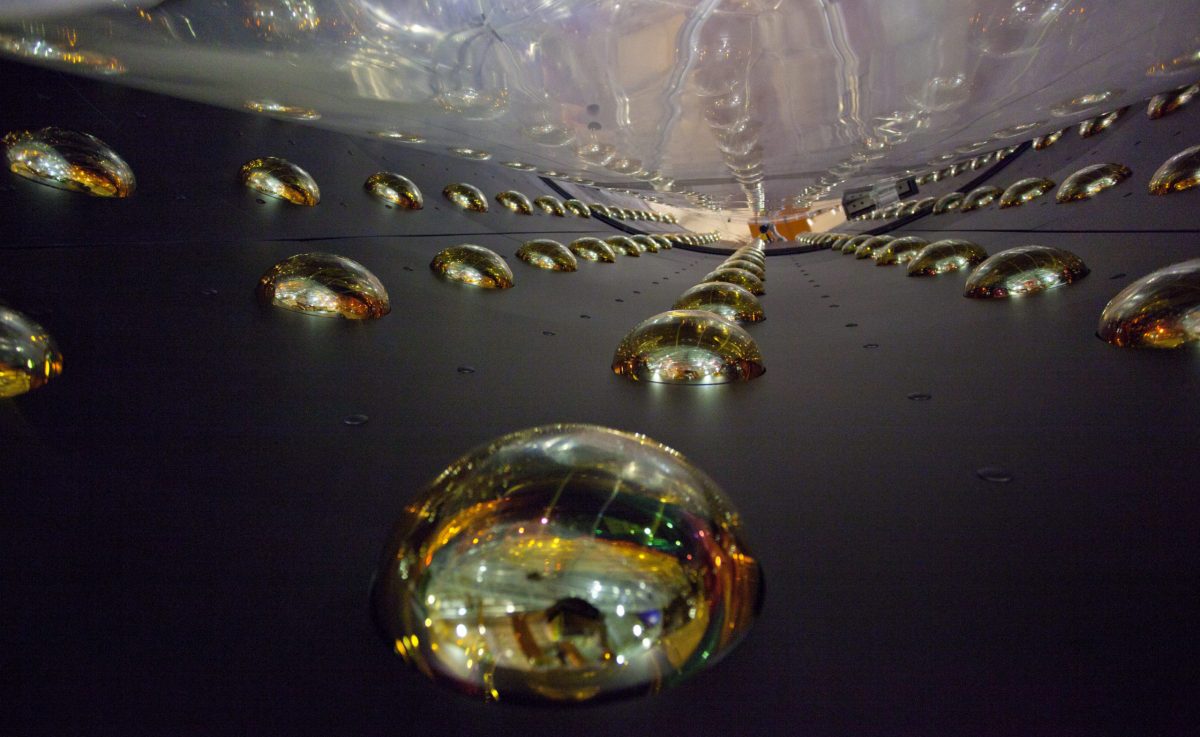
The Daya Bay Reactor Neutrino Experiment collaboration – which made a precise measurement of an important neutrino property eight years ago, setting the stage for a new round of experiments and discoveries about these hard-to-study particles – has finished taking data. Though the experiment is formally shutting down, the collaboration will continue to analyze its complete dataset to improve upon the precision of findings based on earlier measurements.
The detectors for the Daya Bay experiment were built at UW–Madison by the Physical Sciences Laboratory, and detailed in a 2012 news release.
Says PSL’s Jeff Cherwinka, U.S. chief project engineer for Daya Bay:
The University of Wisconsin Physics Department and the Physical Sciences Lab were very involved in the design, fabrication and installation of the anti-neutrino detectors for the Daya Bay Experiment. It was a great opportunity for faculty, staff, and students to participate in an important scientific measurement, while learning about another country and culture. There were many trips and man years of effort in China by UW physicists, engineers and technicians to construct the experiment and many more for operations and data taking. This international collaboration took a lot of effort, and in the end produced great results.
The chief experimentalist at UW–Madison was Karsten Heeger who has since left for Yale. At present, Prof. Baha Balantekin is the only one remaining at UW–Madison in the Daya Bay Collaboration.
A completion ceremony will be held Friday, December 11from 7:30-8:3opm CST. Video stream options and the full story can be found at Berkeley Lab’s website.